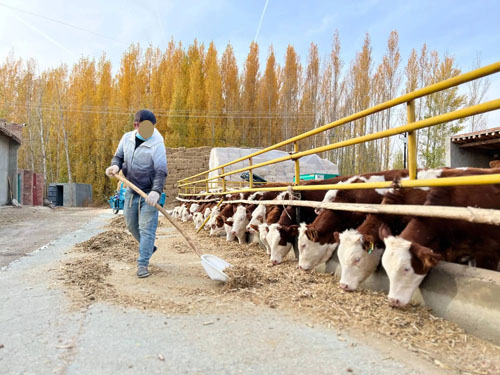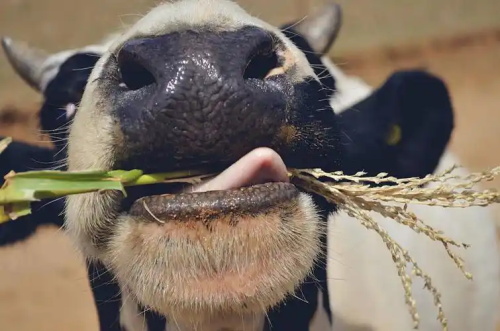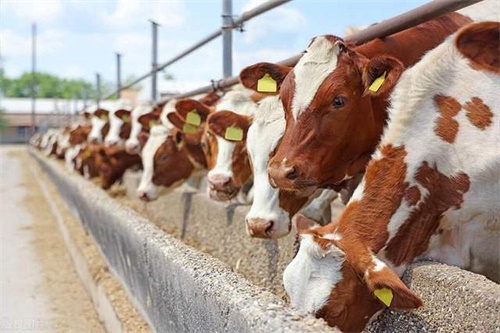How Do Feeding and Nutrition Affect Cow Reproductive Health?
Reproductive success in cattle is not just about breeding management—it starts in the feed bunk. The way cows are fed before and after calving has a direct effect on fertility, conception rates, and calving intervals. Farmers who fine-tune nutrition often see healthier calves, fewer reproductive problems, and better overall herd performance. Understanding the role of energy, protein, minerals, and body condition gives farmers a practical edge in managing fertility.

Energy Balance and Fertility
One of the biggest challenges in dairy herds is negative energy balance after calving. Cows that lose too much body condition early postpartum often have delayed estrus cycles and lower conception rates. When energy intake fails to meet milk production demands, cows mobilize body fat, leading to metabolic stress. Monitoring body condition score (BCS) and adjusting rations with adequate starch, fiber, and digestible energy sources helps cows return to reproductive health faster.
Protein Levels and Reproduction
Protein plays a dual role. Too little protein leads to poor ovarian activity, while excess protein can actually harm fertility by disrupting uterine health and embryo survival. The key is balance: rations should provide enough rumen degradable protein for microbes and sufficient bypass protein for the cow. Farmers should work with nutritionists to align crude protein with energy levels to avoid wasted feed costs and reproductive setbacks.
Key Nutritional Factors and Their Impact
| Nutritional Factor | Positive Effect on Reproduction | Risk if Imbalanced | Practical Tip |
|---|---|---|---|
| Energy | Supports ovulation, improves conception | Negative energy balance delays cycling | Track BCS, increase starch in early lactation |
| Protein | Stimulates ovarian function | Excess leads to poor embryo survival | Match protein with energy supply |
| Minerals (Ca, P, Mg) | Promotes strong estrus signs, uterine health | Deficiency causes weak heats, poor conception | Include balanced mineral premix |
| Trace Elements (Se, Zn, Cu) | Boosts immune system, reduces infections | Deficiency linked to retained placenta, metritis | Supplement with high bioavailability sources |
| Vitamins A & E | Supports reproductive tissues | Deficiency lowers fertility and calf survival | Ensure adequate premix, especially in winter |
Minerals, Vitamins, and Immune Function
Beyond energy and protein, minerals and vitamins are often the hidden link in fertility problems. Calcium and phosphorus support estrus activity, while magnesium helps cows avoid metabolic disorders like grass tetany. Trace minerals such as selenium, zinc, and copper play a major role in preventing uterine infections and retained placenta, which directly affect conception rates. Vitamins A and E are especially important for reproductive tissue health and calf vitality. Even small deficiencies can ripple into large herd-level fertility losses.

Body Condition and Long-Term Reproductive Health
Farmers often focus on feed components, but overall body condition is just as important. Cows calving too thin struggle to conceive, while overconditioned cows are prone to metabolic diseases. The sweet spot is a body condition score of 2.75 to 3.25 at calving. This balance supports both milk production and timely return to estrus. Regular scoring at dry-off, calving, and breeding ensures cows stay on track. Adjusting rations in late lactation prevents cows from entering the next cycle with the wrong condition.
Conclusion
Nutrition is at the core of reproductive efficiency in cows. A well-balanced feeding program that manages energy, protein, minerals, and body condition not only improves conception rates but also lowers the risk of reproductive disease. Farmers who invest in precise feeding strategies see healthier cows, shorter calving intervals, and stronger herd profitability. The bottom line: good fertility starts with good feed.





